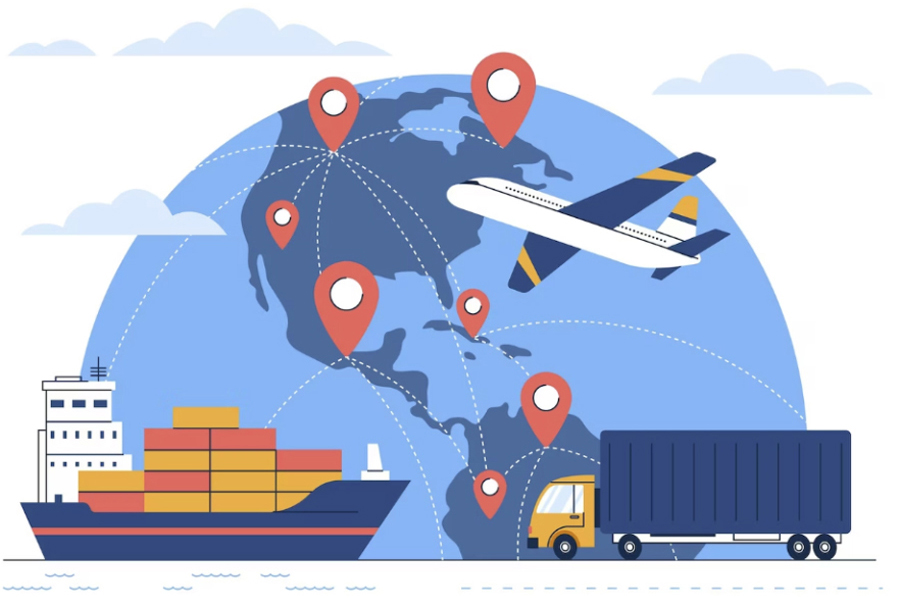Saif
Senior Member
- Messages
- 14,314
- Reaction score
- 7,554
- Origin

- Residence

- Axis Group


Foreigners showing more interest to invest in shipping sector, says Sakhawat
Shipping, and Labour and Employment Adviser Brig Gen (retd) Dr M Sakhawat Hussain on Sunday said foreigners have been showing more interest to invest in the country’s shipping, maritime and port infrastructure development sectors. “The government has already taken various steps f
Foreigners showing more interest to invest in shipping sector, says Sakhawat
FE ONLINE DESK
Published :
Dec 15, 2024 22:38
Updated :
Dec 15, 2024 22:38

Shipping, and Labour and Employment Adviser Brig Gen (retd) Dr M Sakhawat Hussain on Sunday said foreigners have been showing more interest to invest in the country’s shipping, maritime and port infrastructure development sectors.
“The government has already taken various steps for maritime sector development, including reducing the port congestion to ease imports-exports,” he said while speaking at a view-exchange with a delegation of the Shipping Reporters’ Forum at his ministry in Dhaka.
Sakhawat Hussain said the ministry has planned to build an international stander dockyard in Matarbari Deep Sea Port with support of the World Bank, reports BSS.
He said the ministry also took steps to increase facilities of carrying passengers and goods via waterway.
Besides, the shipping ministry has taken steps to turn Mongla Sea Port into an environmental friendly green port.
The present interim government is working relentlessly for the country and its people, he added.
The adviser urged the journalists to publish objective news for the development of the country.
FE ONLINE DESK
Published :
Dec 15, 2024 22:38
Updated :
Dec 15, 2024 22:38
Shipping, and Labour and Employment Adviser Brig Gen (retd) Dr M Sakhawat Hussain on Sunday said foreigners have been showing more interest to invest in the country’s shipping, maritime and port infrastructure development sectors.
“The government has already taken various steps for maritime sector development, including reducing the port congestion to ease imports-exports,” he said while speaking at a view-exchange with a delegation of the Shipping Reporters’ Forum at his ministry in Dhaka.
Sakhawat Hussain said the ministry has planned to build an international stander dockyard in Matarbari Deep Sea Port with support of the World Bank, reports BSS.
He said the ministry also took steps to increase facilities of carrying passengers and goods via waterway.
Besides, the shipping ministry has taken steps to turn Mongla Sea Port into an environmental friendly green port.
The present interim government is working relentlessly for the country and its people, he added.
The adviser urged the journalists to publish objective news for the development of the country.





